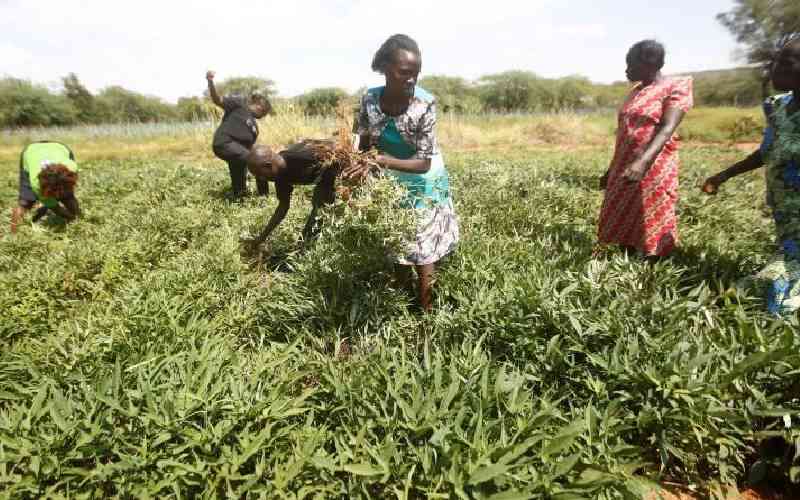Kenya is deep in the throes of a food security emergency, partly caused by drought, which experts warn will last through 2017, leaving millions in Kenya in need of food aid.
The resultant human suffering, loss of life and loss of livelihoods of entire communities will definitely keep the drought in the news agenda for a long time.
As journalists cover the food security emergency, it is vital that they convey the issues arising from the disaster accurately and consistently.
Food security emergencies are caused by many reasons. In Kenya’s case; severe drought, failed harvests and Government’s poor preparedness among other factors.
The result is that food and water are more inaccessible (distribution complications, citizens’ ability to buy) rather than unavailable (insufficient production). What we are not going through now, however, is famine. News media must be careful not to label the current food security emergency as a famine.
Even though there is no universally agreed definition of famine, one definition describes famine as a widespread scarcity of food, caused by several factors including crop failure, population imbalance, or Government policies.
The definition goes on to add that famine is usually accompanied or followed by regional malnutrition, starvation, epidemic and increased mortality.
Throughout human history, every continent has experienced famine; from the great famine of Ireland of 1845, the famine of 1958–61 in China to the Ethiopian famine of 1983–85.
Scarcity of food often leads to the deaths of, in some cases, millions. Even though the current food security emergency bears some of the characteristics of this definition of famine, the Kenyan situation has still not yet reached the point of regional malnutrition, starvation and increased deaths.
As such, it would be inaccurate to describe it as famine.
One challenge any journalist or news media describing the present food security emergency as a famine will face is linking the deaths in the drought-stricken areas to a severe lack of food and not any other factor.
Second, the journalist will then have to prove that the affected communities are completely destitute and dependent on food aid.
That is, there are no local resources, including livestock, to sustain the communities’ need for food. Third, the journalist will then need to show in his/her story that affected communities have been forced to employ survival strategies such as distress migrations of the entire population.
Finally, the journalist will have to show in that story the prevalence of global acute malnutrition is substantially elevated not only in children, but in adolescents and adults as well, and accompanied by high mortality.
Based on these four criteria, Kenya’s current food security emergency has not yet reached the level of a famine.
Stay informed. Subscribe to our newsletter
Obviously, the current food security emergency is significant enough to be in the news agenda. It also needs to be reported accurately.
That it is a food emergency crisis, and not a famine.
 The Standard Group Plc is a
multi-media organization with investments in media platforms spanning newspaper
print operations, television, radio broadcasting, digital and online services. The
Standard Group is recognized as a leading multi-media house in Kenya with a key
influence in matters of national and international interest.
The Standard Group Plc is a
multi-media organization with investments in media platforms spanning newspaper
print operations, television, radio broadcasting, digital and online services. The
Standard Group is recognized as a leading multi-media house in Kenya with a key
influence in matters of national and international interest.
 The Standard Group Plc is a
multi-media organization with investments in media platforms spanning newspaper
print operations, television, radio broadcasting, digital and online services. The
Standard Group is recognized as a leading multi-media house in Kenya with a key
influence in matters of national and international interest.
The Standard Group Plc is a
multi-media organization with investments in media platforms spanning newspaper
print operations, television, radio broadcasting, digital and online services. The
Standard Group is recognized as a leading multi-media house in Kenya with a key
influence in matters of national and international interest.









